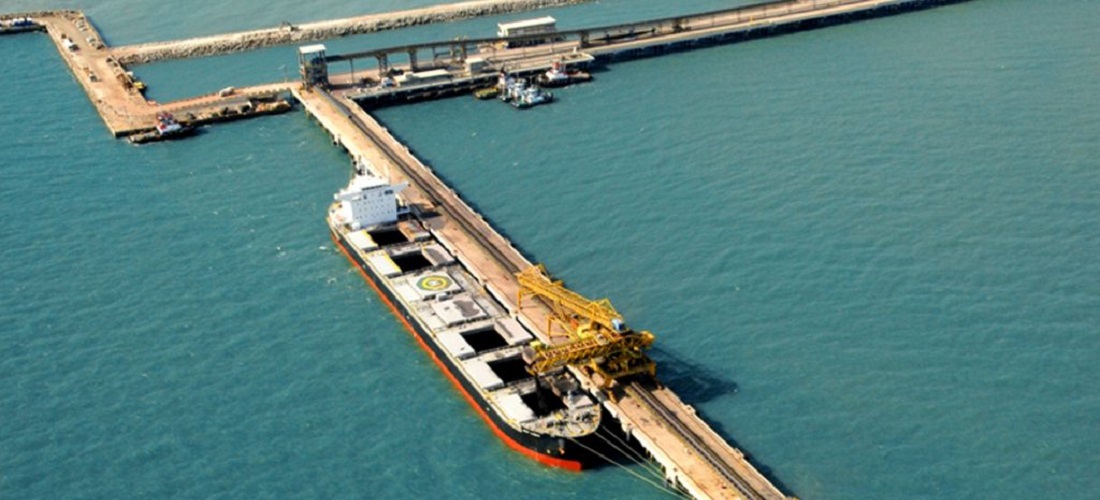
Porto do Açu switches leadership to expedite its energy transition process
Apr, 05, 2022 Posted by Gabriel MalheirosWeek 202214
Prumo Logística wants to attract low-carbon businesses to Porto do Açu, in São João da Barra, in the north of the state of Rio de Janeiro. As part of its energy transition process, the company will use its expertise in producing oil and gas to support the development of offshore wind power generation, an incipient industry in Brazil. Thus, from this month onwards, Tadeu Fraga, a former oil executive, has stepped down as president of Prumo. Rogério Zampronha, a renewable energy expert, will fill the post instead.
Given its proximity to the Campos and Santos oil production basins, which are responsible for most of the volume produced in Brazil, oil and gas are the predominant economic activities found in Açu. In addition to housing suppliers and service providers to the oil industry, the port was responsible for exporting 125 million barrels of oil in 2021, nearly 30% of the volume exported by the country.
According to Fraga, Açu’s first development phase foresaw the attraction of oil and gas businesses. Now, the company wants to attract other energy sources, in addition to developing industries in the port area, which currently has 90 thousand square kilometres available.
Prumo’s offshore wind bet is motivated by synergies with the oil industry. “The oil and gas logistics hub logic is similar to what is required for offshore wind production. So it’s just a matter of repeating the model,” adds Fraga, now a member of Prumo’s board of directors.
Source: Valor Econômico
To read the full original article, please go to:
-
Shipping
Feb, 23, 2024
0
Amazon ports see unprecedented grain export surge in 2023
-
Shipping
Aug, 01, 2022
0
Sea freight Santos-Shanghai rises 400% in two years
-
Ports and Terminals
Jan, 19, 2022
0
T-Mult raises operations by 127% in 2021
-
Ports and Terminals
Feb, 23, 2022
0
Localfrio breaks import record at Itajaí terminal

